Answered step by step
Verified Expert Solution
Question
1 Approved Answer
Precision Manufacturing Incorporated (PMI) makes two types of industrial component parts-the EX300 and the TX500. It annually produces 68,000 units of EX300 and 13,300
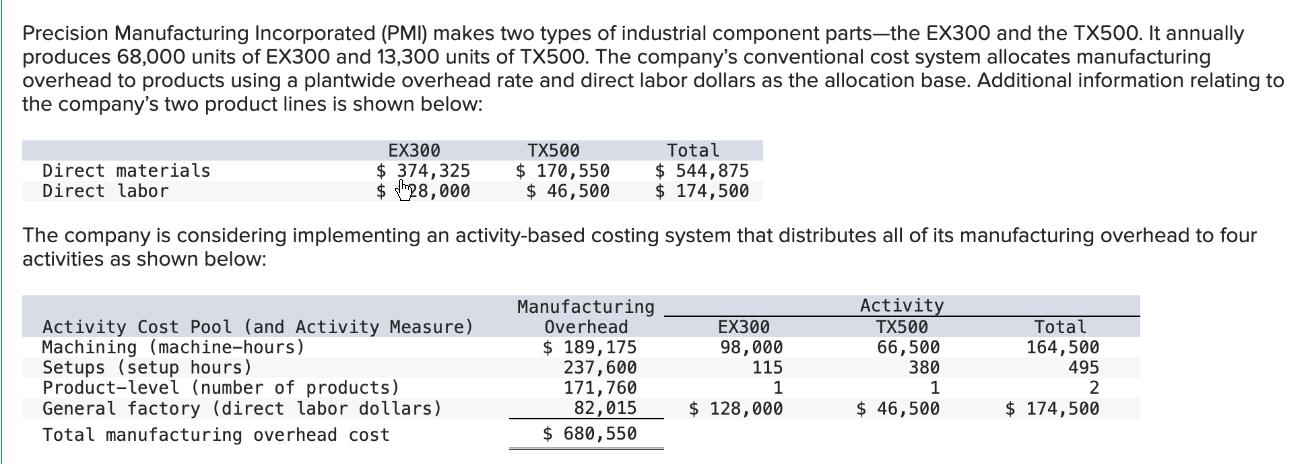
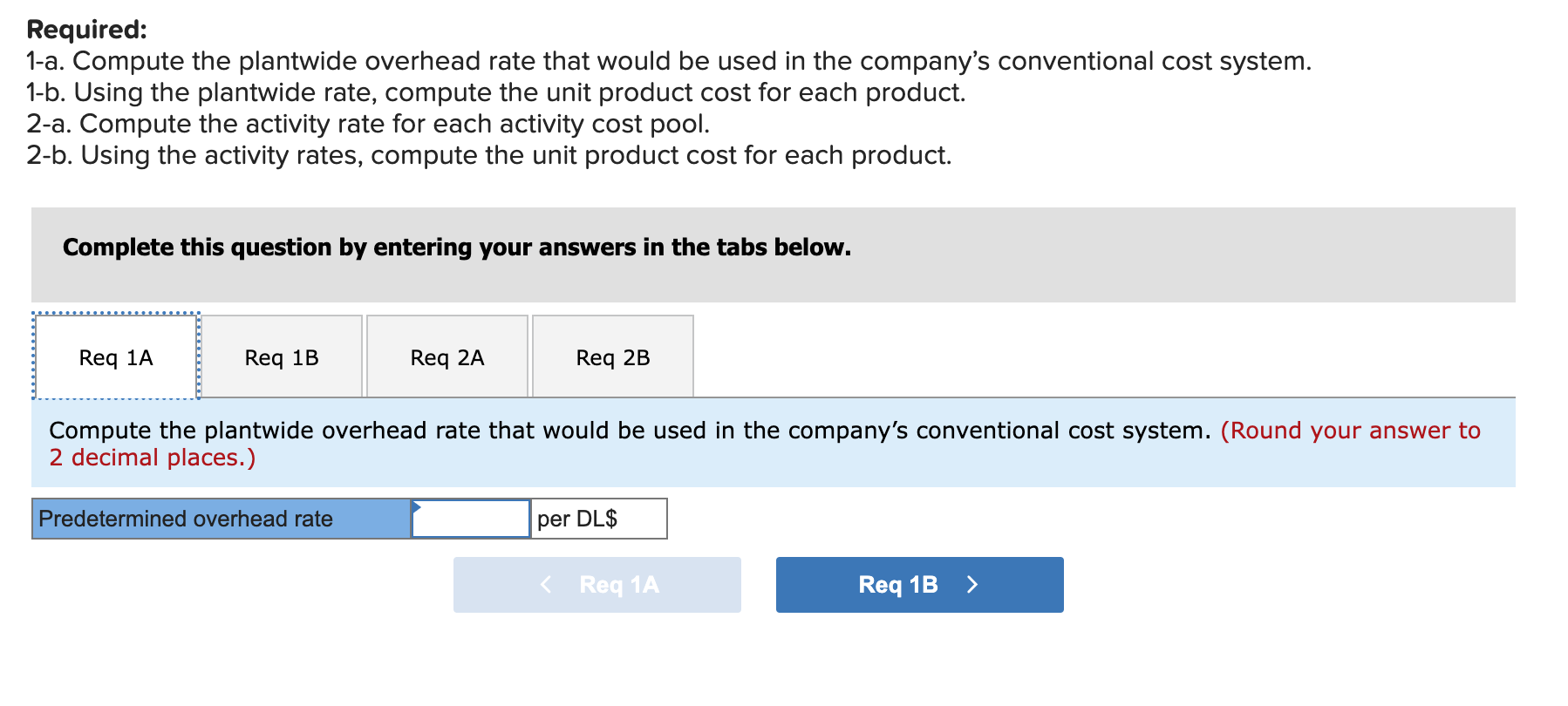
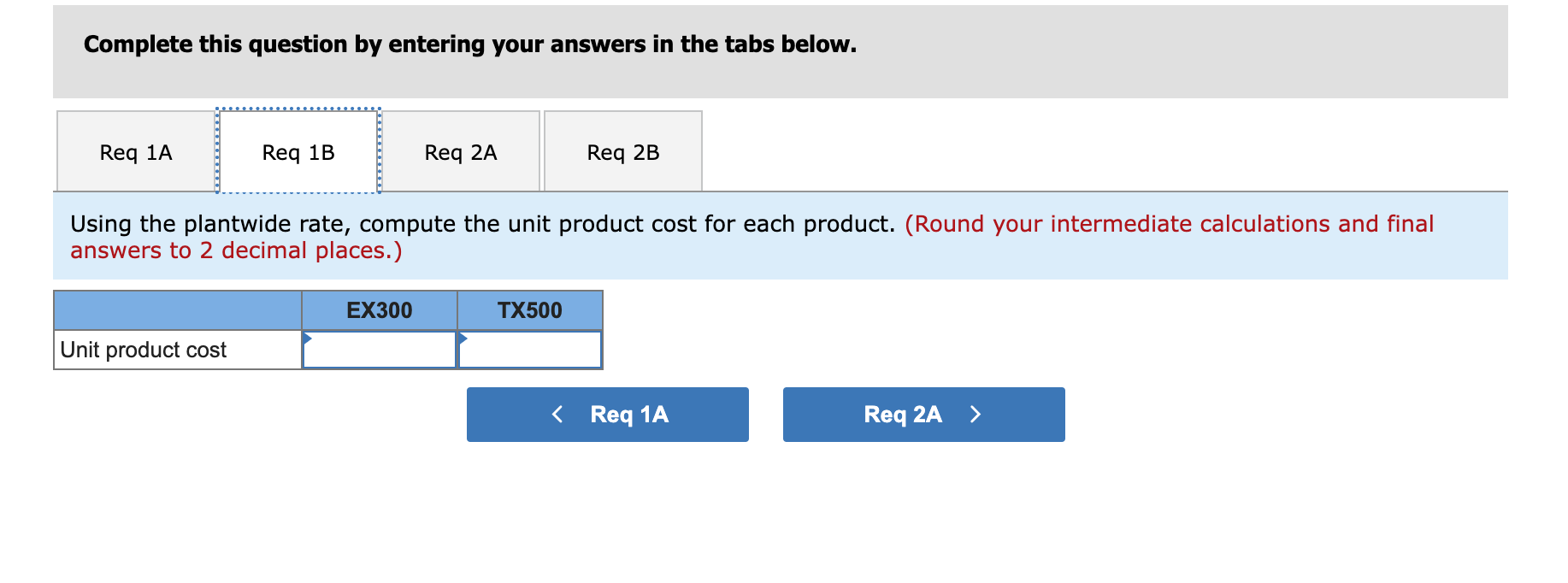
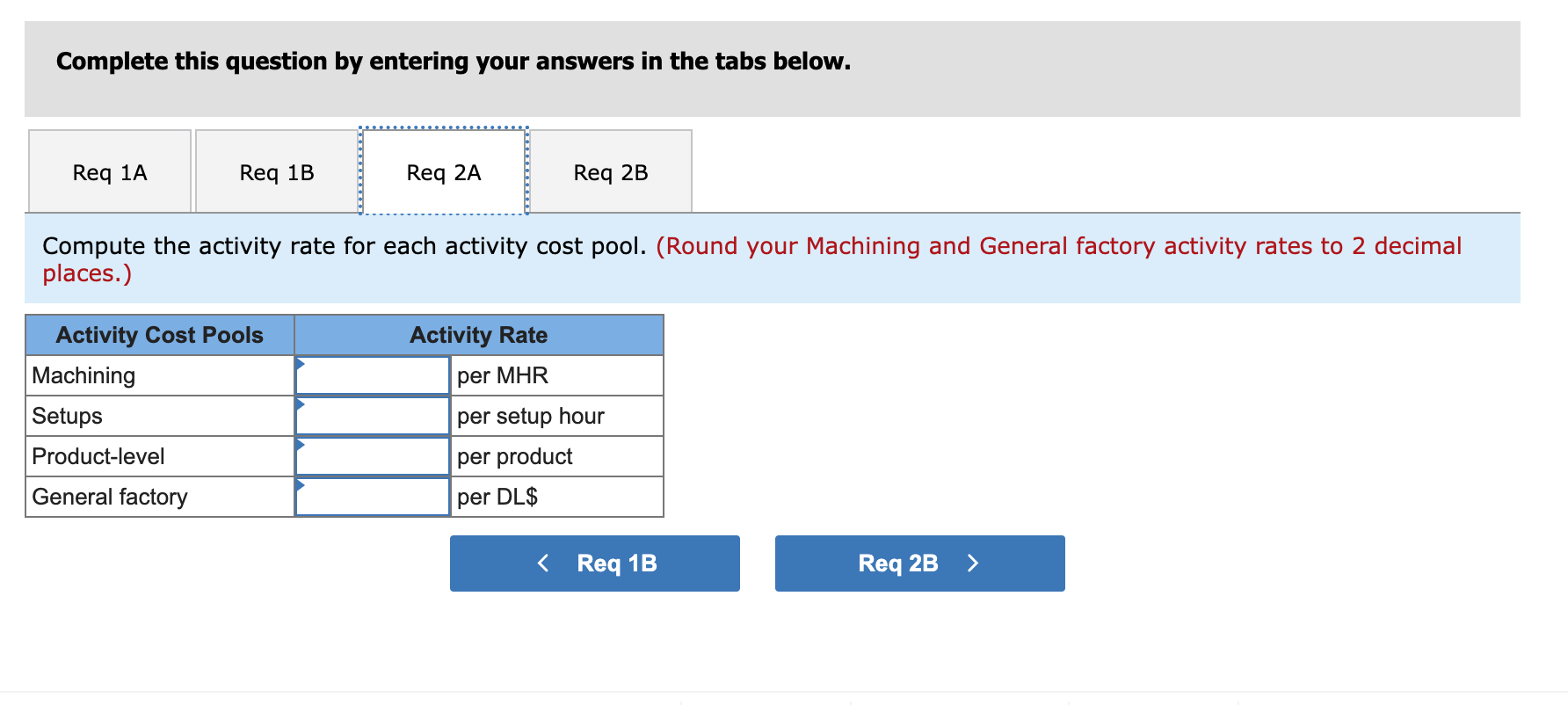
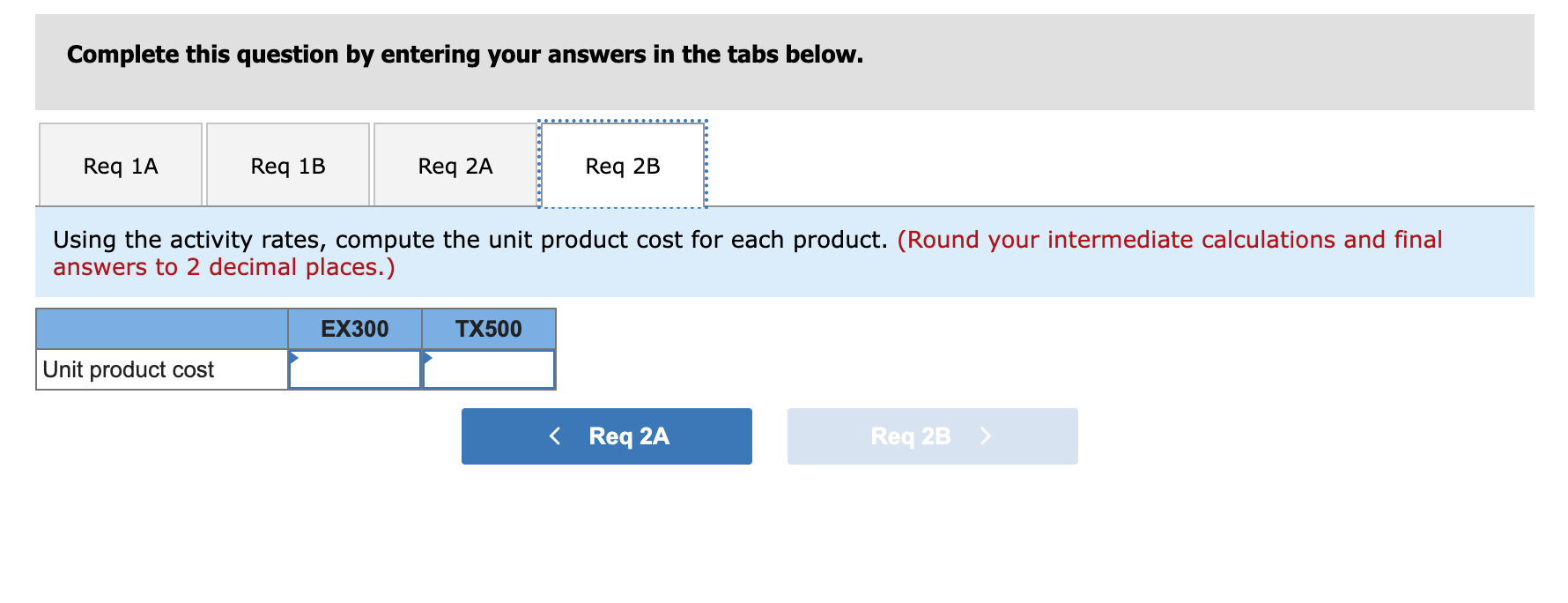
Precision Manufacturing Incorporated (PMI) makes two types of industrial component parts-the EX300 and the TX500. It annually produces 68,000 units of EX300 and 13,300 units of TX500. The company's conventional cost system allocates manufacturing overhead to products using a plantwide overhead rate and direct labor dollars as the allocation base. Additional information relating to the company's two product lines is shown below: Direct materials Direct labor EX300 $ 374,325 $28,000 TX500 $170,550 $ 46,500 Total $ 544,875 $ 174,500 The company is considering implementing an activity-based costing system that distributes all of its manufacturing overhead to four activities as shown below: Activity Cost Pool (and Activity Measure) Machining (machine-hours) Setups (setup hours) Product-level (number of products) General factory (direct labor dollars) Total manufacturing overhead cost Manufacturing Overhead $ 189,175 237,600 171,760 EX300 98,000 115 Activity TX500 66,500 380 1 1 Total 164,500 495 2 82,015 $ 128,000 $ 46,500 $174,500 $ 680,550 Required: 1-a. Compute the plantwide overhead rate that would be used in the company's conventional cost system. 1-b. Using the plantwide rate, compute the unit product cost for each product. 2-a. Compute the activity rate for each activity cost pool. 2-b. Using the activity rates, compute the unit product cost for each product. Complete this question by entering your answers in the tabs below. Req 1A Req 1B Req 2A Req 2B Compute the plantwide overhead rate that would be used in the company's conventional cost system. (Round your answer to 2 decimal places.) Predetermined overhead rate per DL$ Complete this question by entering your answers in the tabs below. Req 1A Req 1B Req 2A Req 2B Using the plantwide rate, compute the unit product cost for each product. (Round your intermediate calculations and final answers to 2 decimal places.) Unit product cost EX300 TX500 < Req 1A Req 2A > Complete this question by entering your answers in the tabs below. Req 1A Req 1B Req 2A Req 2B Compute the activity rate for each activity cost pool. (Round your Machining and General factory activity rates to 2 decimal places.) Activity Cost Pools Activity Rate Machining per MHR Setups Product-level General factory per setup hour per product per DL$ < Req 1B Req 2B > Complete this question by entering your answers in the tabs below. Req 1A Req 1B Req 2A Req 2B Using the activity rates, compute the unit product cost for each product. (Round your intermediate calculations and final answers to 2 decimal places.) EX300 TX500 Unit product cost < Req 2A Req 2B >
Step by Step Solution
There are 3 Steps involved in it
Step: 1

Get Instant Access to Expert-Tailored Solutions
See step-by-step solutions with expert insights and AI powered tools for academic success
Step: 2

Step: 3

Ace Your Homework with AI
Get the answers you need in no time with our AI-driven, step-by-step assistance
Get Started


